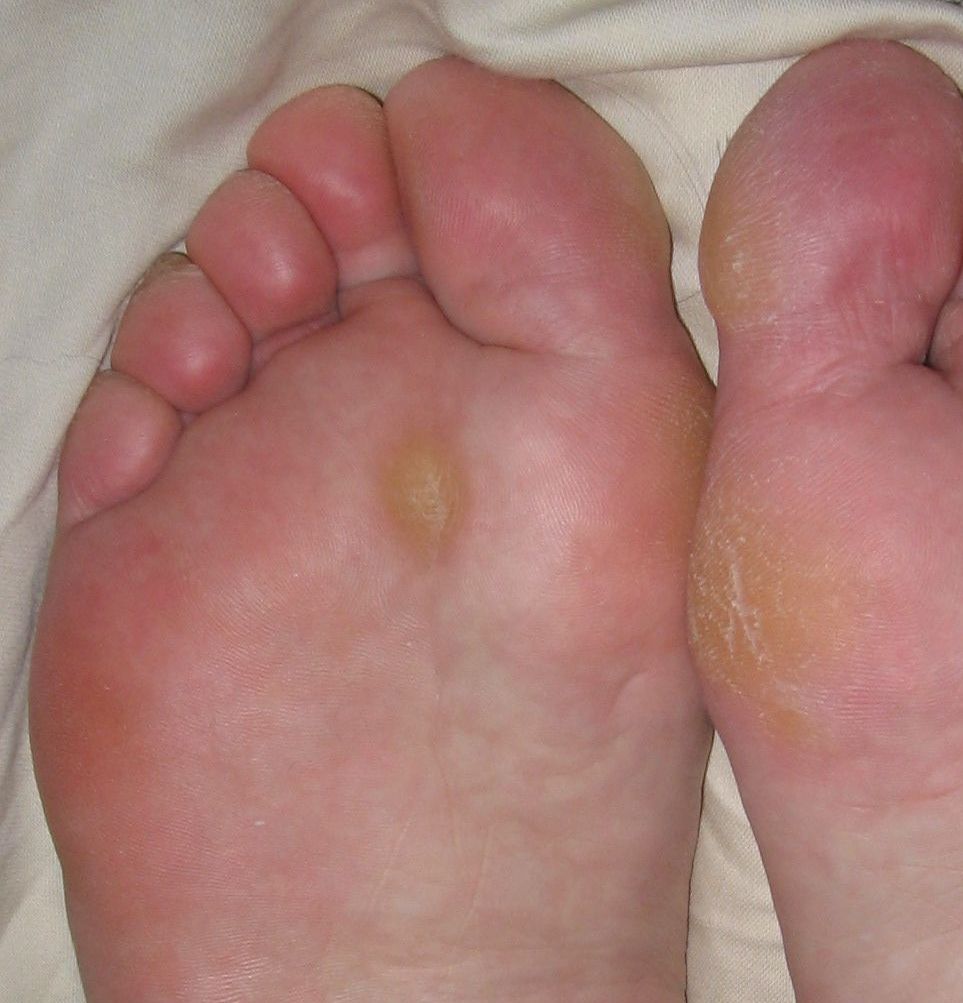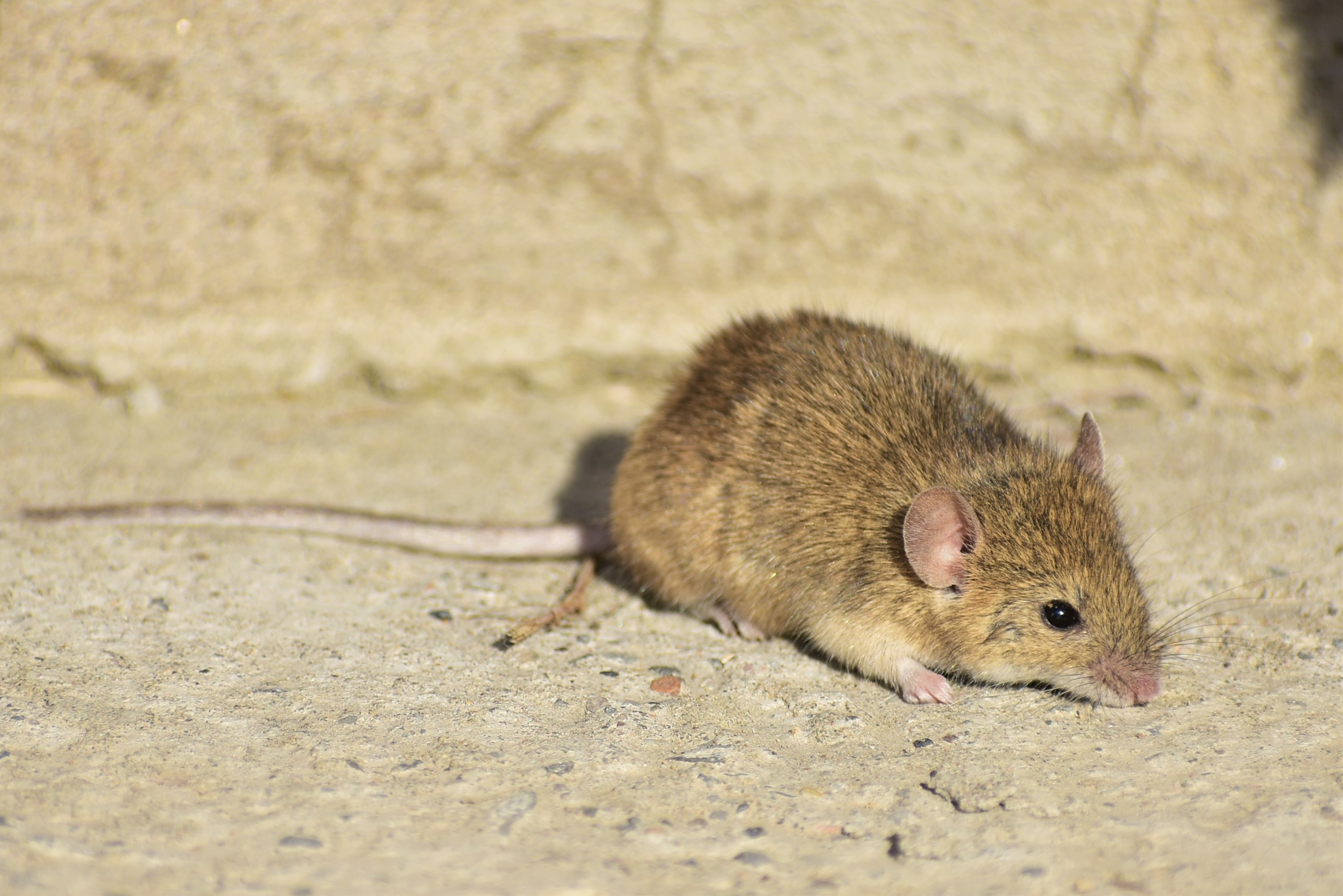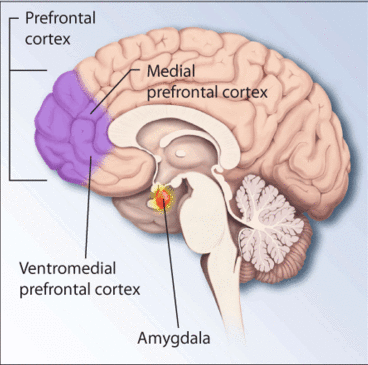|
Disappearance Of Christina Calayca
Christina Calayca (born 19 December 1986) was a young Filipino-Canadian woman who disappeared from Rainbow Falls Provincial Park, Ontario in 2007. Her whereabouts and the circumstances surrounding her disappearance remain unknown. Background Christina Calayca was born on 19 December 1986 to parents Elizabeth Rutledge and Mario Calayca, who divorced when she was 1 year old. A Filipino Canadian, Calayca's mother had immigrated to Canada in 1980 from Mindanao in the Philippines. Calayca had never been to the Philippines, though her mother planned to someday travel there with her. She had one sibling: a younger brother, Michael Rutledge, who was 15 years old at the time of her disappearance. Calayca was raised as a devout Catholic, and according to her mother had begun praying at the age of one. In the summer of 2007, Calayca was living in the Cabbagetown neighbourhood of Toronto and working nine-hour days at a summer camp hosted by St. Bernadette’s Day Care, adjacent to D’Arcy ... [...More Info...] [...Related Items...] OR: [Wikipedia] [Google] [Baidu] |
Rainbow Falls Provincial Park
Rainbow Falls Provincial Park is a recreation-class provincial park within the Ontario Parks system. This park consists of two non-contiguous parts: Whitesand Lake campground in the main park, and the historic Rossport Campground, east of the fishing community of Rossport, Ontario, which provides campsites along the rough and rocky shorelines of Lake Superior. The Whitesand Lake campground is on the shores of Whitesand Lake (Hewitson River), Whitesand Lake and offers scenic trails to the park's namesake falls on the Hewitson River. The Rainbow Falls Trail has a waterside boardwalk trail. There is also the Back-40 trail, which goes through an abandoned campground to a panoramic view of the Lake Superior shoreline. This park runs a small Natural Heritage Education program with a small visitor centre on the beach and an interpretive program offered on Saturdays and Sundays during the summer months. Both campgrounds are just off Ontario Highway 17, Highway 17 between Rossport and Sch ... [...More Info...] [...Related Items...] OR: [Wikipedia] [Google] [Baidu] |
York University
York University (french: Université York), also known as YorkU or simply YU, is a public university, public research university in Toronto, Ontario, Canada. It is Canada's fourth-largest university, and it has approximately 55,700 students, 7,000 faculty and staff, and over 325,000 alumni worldwide. It has 11 faculties, including the Faculty of Liberal Arts and Professional Studies, Faculty of Science, Lassonde School of Engineering, Schulich School of Business, Osgoode Hall Law School, Glendon College, Faculty of Education, Faculty of Health, Faculty of Environmental and Urban Change, Faculty of Graduate Studies, School of the Arts, Media, Performance and Design, and 28 research centres. York University was established in 1959 as a non-denominational institution by the ''York University Act'', which received royal assent in the Legislative Assembly of Ontario on 26 March of that year. Its first class was held in September 1960 in Falconer Hall on the University of Toronto campu ... [...More Info...] [...Related Items...] OR: [Wikipedia] [Google] [Baidu] |
Callus
A callus is an area of thickened and sometimes hardened skin that forms as a response to repeated friction, pressure, or other irritation. Since repeated contact is required, calluses are most often found on the feet and hands, but they may occur anywhere on the skin. Some degree of callus, such as on the bottom of the foot, is normal. Calluses are generally not harmful and help prevent blisters, as well as offering protection. However, excessive formation may sometimes lead to other problems, such as a skin ulceration or infection, or cause the affected person to try to offload the affected painful area, which can place excessive stress on the asymptomatic side. Rubbing that is too frequent or forceful will cause blisters, as opposed to calluses, to form. Cause Normally, a callus will form on any part of the skin exposed to excess friction over a long period of time. Activities that are known for causing calluses include (but are not limited to) construction work, many ... [...More Info...] [...Related Items...] OR: [Wikipedia] [Google] [Baidu] |
Fasting
Fasting is the abstention from eating and sometimes drinking. From a purely physiological context, "fasting" may refer to the metabolic status of a person who has not eaten overnight (see " Breakfast"), or to the metabolic state achieved after complete digestion and absorption of a meal. Metabolic changes in the fasting state begin after absorption of a meal (typically 3–5 hours after eating). A diagnostic fast refers to prolonged fasting from 1 to 100 hours (depending on age) conducted under observation to facilitate the investigation of a health complication, usually hypoglycemia. Many people may also fast as part of a medical procedure or a check-up, such as preceding a colonoscopy or surgery, or before certain medical tests. Intermittent fasting is a technique sometimes used for weight loss that incorporates regular fasting into a person's dietary schedule. Fasting may also be part of a religious ritual, often associated with specifically scheduled fast days, as determ ... [...More Info...] [...Related Items...] OR: [Wikipedia] [Google] [Baidu] |
Fear Of Mice And Rats
Fear of mice and rats is one of the most common specific phobias. It is sometimes referred to as musophobia (from Greek ''μῦς'' "mouse") or murophobia (a coinage from the taxonomic adjective "murine" for the family Muridae that encompasses mice and rats, and also Latin ''mure'' "mouse/rat"), or as suriphobia, from French ''souris'', "mouse". The phobia, as an unreasonable and disproportionate fear, is distinct from reasonable concern about rats and mice contaminating food supplies, which may potentially be universal to all times, places, and cultures where stored grain attracts rodents, which then consume or contaminate the food supply. Cause In many cases a phobic fear of mice is a socially induced conditioned response, combined with (and originated in) the startle response (a response to an unexpected stimulus) common in many animals, including humans, rather than a real disorder. At the same time, as is common with specific phobias, an occasional fright may give rise to a ... [...More Info...] [...Related Items...] OR: [Wikipedia] [Google] [Baidu] |
Arachnophobia
Arachnophobia is a specific phobia brought about by the irrational fear of spiders and other arachnids such as scorpions. Signs and symptoms People with arachnophobia tend to feel uneasy in any area they believe could harbour spiders or that has visible signs of their presence, such as webs. If arachnophobes see a spider, they may not enter the general vicinity until they have overcome the panic attack that is often associated with their phobia. Some people scream, cry, have emotional outbursts, experience trouble breathing, sweat and experience increased heart rates when they come in contact with an area near spiders or their webs. In some extreme cases, even a picture, a toy, or a realistic drawing of a spider can trigger intense fear. Reasons Arachnophobia may be an exaggerated form of an instinctive response that helped early humans to survive or a cultural phenomenon that is most common in predominantly European societies. Evolutionary An evolutionary reason for the p ... [...More Info...] [...Related Items...] OR: [Wikipedia] [Google] [Baidu] |
Phobia
A phobia is an anxiety disorder defined by a persistent and excessive fear of an object or situation. Phobias typically result in a rapid onset of fear and are usually present for more than six months. Those affected go to great lengths to avoid the situation or object, to a degree greater than the actual danger posed. If the object or situation cannot be avoided, they experience significant distress. Other symptoms can include fainting, which may occur in blood or injury phobia, and panic attacks, often found in agoraphobia. Around 75% of those with phobias have multiple phobias. Phobias can be divided into specific phobias, social anxiety disorder, and agoraphobia. Specific phobias are further divided to include certain animals, natural environment, blood or injury, and particular situations. The most common are fear of spiders, fear of snakes, and fear of heights. Specific phobias may be caused by a negative experience with the object or situation in early childhood. Soci ... [...More Info...] [...Related Items...] OR: [Wikipedia] [Google] [Baidu] |
The Bush
"The bush" is a term mostly used in the English vernacular of Australia and New Zealand where it is largely synonymous with '' backwoods'' or ''hinterland'', referring to a natural undeveloped area. The fauna and flora contained within this area must be indigenous to the region, although exotic species will often also be present. The Australian and New Zealand usage of the word "bush" for "forest" or scrubland, probably comes from the Dutch word "bos/bosch" ("forest"), used by early Dutch settlers in South Africa, where it came to signify uncultivated country among Afrikaners. Many English-speaking early European settlers to South Africa later migrated to Australia or New Zealand and brought the term with them. Today, in South Africa Fynbos tends to refer to the heath vegetation of the Western Cape and Eastern Cape. It is also widely used in Canada to refer to the large, forested portion of the country. The same usage applies in the US state of Alaska. History Indigenous A ... [...More Info...] [...Related Items...] OR: [Wikipedia] [Google] [Baidu] |
Oshawa
Oshawa ( , also ; 2021 population 175,383; CMA 415,311) is a city in Ontario, Canada, on the Lake Ontario shoreline. It lies in Southern Ontario, approximately east of Downtown Toronto. It is commonly viewed as the eastern anchor of the Greater Toronto Area and of the Golden Horseshoe. It is the largest municipality in the Regional Municipality of Durham. The name Oshawa originates from the Ojibwa term ''aazhawe'', meaning "the crossing place" or just "a cross". Founded in 1876 as the McLaughlin Carriage Company by Robert McLaughlin, and then McLaughlin Motors Ltd by his son, Sam, General Motors of Canada's headquarters are located in the city. The automotive industry was the inspiration for Oshawa's previous mottos: "The City that Motovates Canada", and "The City in Motion". The lavish home of the automotive company's founder, Parkwood Estate, is a National Historic Site of Canada is located in the city. Once recognized as the sole "Automotive Capital of Canada", Oshaw ... [...More Info...] [...Related Items...] OR: [Wikipedia] [Google] [Baidu] |
Hiking
Hiking is a long, vigorous walk, usually on trails or footpaths in the countryside. Walking for pleasure developed in Europe during the eighteenth century.AMATO, JOSEPH A. "Mind over Foot: Romantic Walking and Rambling." In ''On Foot: A History of Walking'', 101-24. NYU Press, 2004. Accessed March 1, 2021. http://www.jstor.org/stable/j.ctt9qg056.7. Religious pilgrimages have existed much longer but they involve walking long distances for a spiritual purpose associated with specific religions. "Hiking" is the preferred term in Canada and the United States; the term "walking" is used in these regions for shorter, particularly urban walks. In the United Kingdom and the Republic of Ireland, the word "walking" describes all forms of walking, whether it is a walk in the park or backpacking in the Alps. The word hiking is also often used in the UK, along with rambling , hillwalking, and fell walking (a term mostly used for hillwalking in northern England). The term bushwalking is end ... [...More Info...] [...Related Items...] OR: [Wikipedia] [Google] [Baidu] |
Sense Of Balance
The sense of balance or equilibrioception is the perception of balance and spatial orientation. It helps prevent humans and nonhuman animals from falling over when standing or moving. Equilibrioception is the result of a number of sensory systems working together; the eyes (visual system), the inner ears (vestibular system), and the body's sense of where it is in space (proprioception) ideally need to be intact. The vestibular system, the region of the inner ear where three semicircular canals converge, works with the visual system to keep objects in focus when the head is moving. This is called the vestibulo-ocular reflex (VOR). The balance system works with the visual and skeletal systems (the muscles and joints and their sensors) to maintain orientation or balance. Visual signals sent to the brain about the body's position in relation to its surroundings are processed by the brain and compared to information from the vestibular and skeletal systems. Vestibular system In the ... [...More Info...] [...Related Items...] OR: [Wikipedia] [Google] [Baidu] |
Sense Of Direction
Sense of direction is the ability to know one's location and perform wayfinding. It is related to cognitive maps, spatial awareness, and spatial cognition. Sense of direction can be impaired by brain damage, such as in the case of topographical disorientation. Humans create spatial maps whenever they go somewhere. Neurons called place cells inside the hippocampus fire individually while a person makes their way through an environment. This was first discovered in rats, when the neurons of the hippocampus were recorded. Certain neurons fired whenever the rat was in a certain area of its environment. These neurons form a grid when they are all put together on the same plane. Santa Barbara Sense-of-Direction Scale Sense of direction can be measured with the Santa Barbara Sense-of-Direction Scale, a self-assessed psychometric test designed in 2002. This scale has been used to study sense of direction in many contexts, such as driving. See also * Direction determination * Personal ... [...More Info...] [...Related Items...] OR: [Wikipedia] [Google] [Baidu] |





.jpg)
